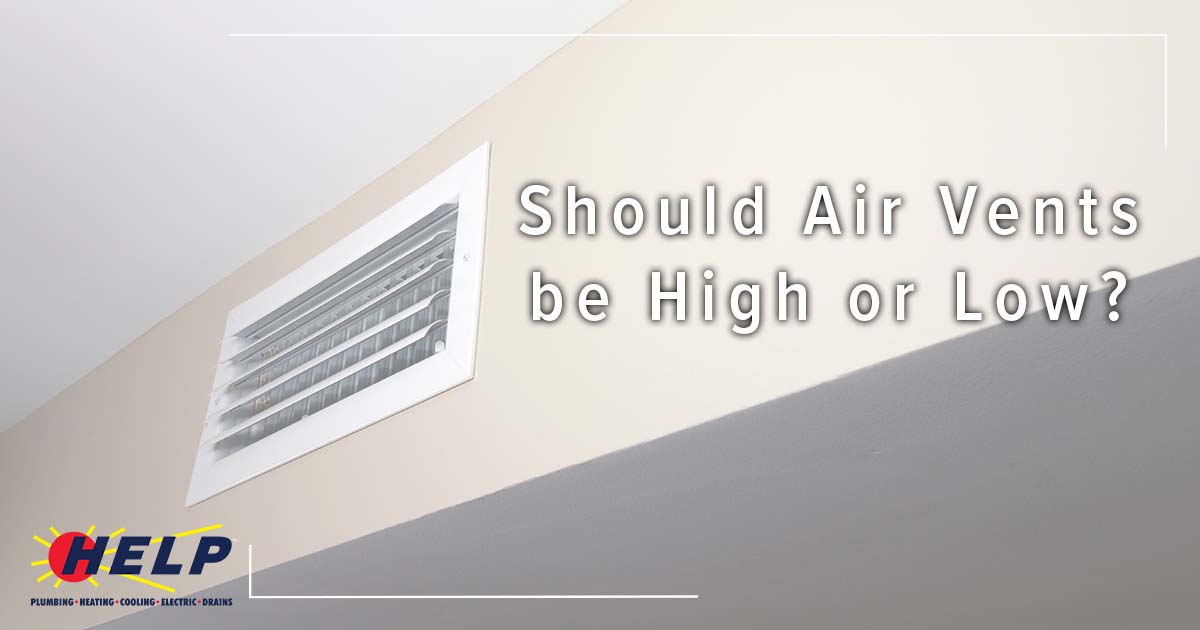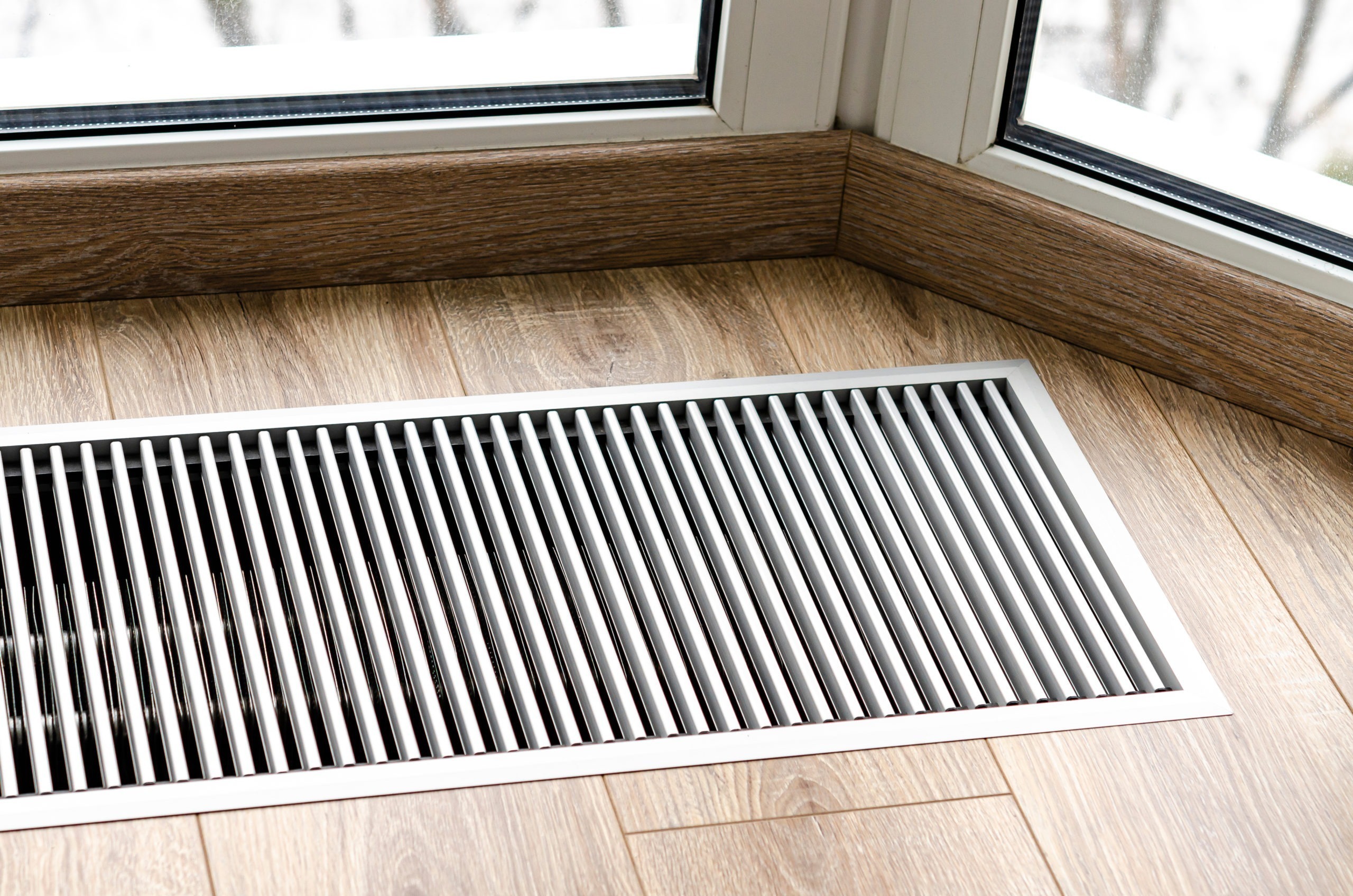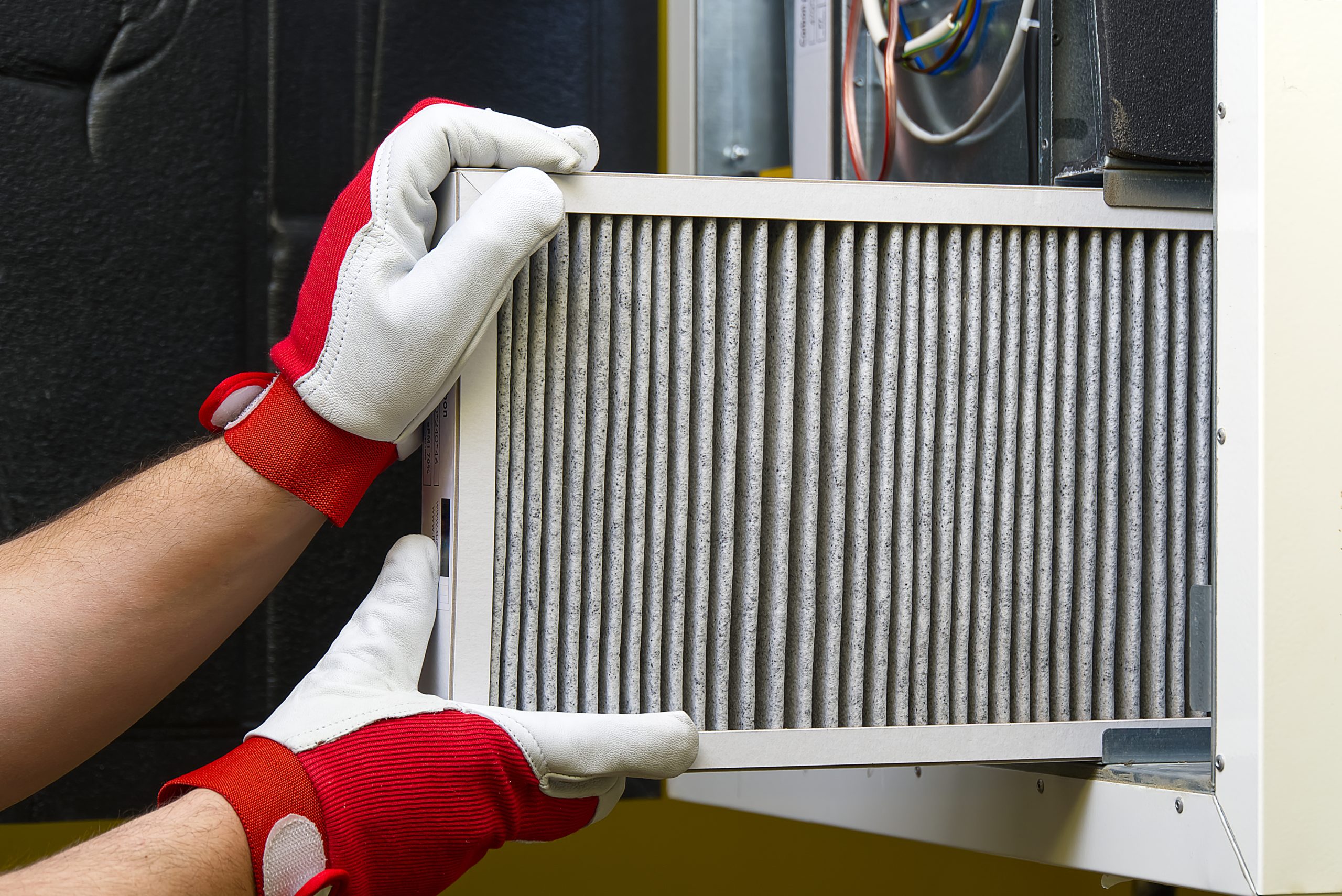
If you’ve lived in your home for any amount of time, you probably looked at the air vents once or twice and not again. But there is a point to their placement and it affects how your home warms and cools.
Here we’ll discuss the types of air vents in a home, the pros and cons of their locations, and whether their placement really does matter.
Air Supply Register and Return Grill Basics
Each room should have a supply and return vent
You might be thinking okay, but why? Rooms need each type of vent for adequate circulation; otherwise, you’ll have varying temperature zones in the home which does affect the overall comfort.
How do supply and return vents work?
The air supply vent brings the warm or cool air from the HVAC system into the room through the attached ductwork. The return air vent pulls used or flat air back into the HVAC system for reconditioning.
What’s the difference between a vent cover, air register, and a grill?
Generally speaking, a vent cover is any cover to the air duct opening without any way to direct the airflow. An air supply register has a damper or flaps that open or close to allow full or partial airflow into the room. You may see a wheel or lever to control the damper.
A grill is the name usually given to the covering on a return vent because of the resemblance to the grates of a cooking grill. These grates are immovable and often have dust or debris building on them as the HVAC system pulls air back into the vent.
Floor Vent Pros
- Improved accessibility: Floor vents are usually easier to repair or clean because you don’t need to haul out a ladder to reach them.
- More headspace: Flat ceilings or those that need plenty of ductwork benefit from floor vents since they won’t take up precious headspace.

Floor Vent Cons
- Harder to match the decor: Most floor vents are painted metal which can chip over time, exposing the bare metal. And their shape and design can be hard to match with the rest of a home’s decor.
- Extra noise: Unfortunately, it’s not uncommon to find floor vents that were simply dropped into the vent opening. Without proper installation, these vents may rattle and otherwise make noise when the HVAC system operates.
Ceiling Vent Pros
- Extra floor space: With air vents in the ceilings, you can position furniture, side tables, and other home goods as you please without interfering with the heating and cooling airflow.
- Easier access to the HVAC unit: Most homes with ceiling vents install the HVAC unit in the attic. This location is generally easier to access for regular maintenance and repairs.

Ceiling Vent Cons
- Added wear and tear: On the other hand, attics are notorious for extreme temperature swings which can add wear and tear to the HVAC system and ductwork, leading to more repairs and less efficiency.
- Reduced airflow: Low ceilings or short ductwork connections to the ceiling vents can cause a heat transfer loss and reduced airflow, affecting your comfort during the cooler months.
Can I Close Vents in Unused Rooms?
It’s an old wives’ tale that closing the vents in unused rooms saves heating and cooling, and money. Each HVAC system is meant to warm and cool the home based on its square footage. The system doesn’t know when you close vents and continues to deliver the same amount of air. Instead, this creates an uneven pressure balance within the ductwork and vents, along with uneven heating and cooling in your home.
It all depends on your personal needs
Your personal needs could be as simple as the HVAC system only runs when it’s too hot or cold to have the windows open. Or, you could rely on the system to help control allergies year-round. But, the geographical climate may also affect these needs. Homes in a warmer climate generally use more air conditioning and would benefit from ceiling vents while cooler climates benefit from floor vents and the rising heat.
3 Ways to Help Improve Indoor Air Flow
1. Don’t Block Vents with Furniture
It’s easier said than done, but be mindful of where furniture goes in your home, especially if you have floor vents. A good rule of thumb is at least one foot of open space around each supply and return vent.
2. Replace the Air Filter
The air filter in your HVAC system is the gatekeeper of sorts to the indoor air flow. The air filter stops dust, dirt, and other small debris from entering the system and causing issues. A clogged one doesn’t allow the appropriate amount of fresh air into the system and in turn, impedes the amount of conditioned air you receive.

3. Schedule an HVAC Tune-Up
Regular HVAC tune-ups are an important part of ensuring your air vents and other parts of the system are in good shape. These appointments give a trained technician the chance to fully inspect everything, make repairs as necessary, and offer suggestions to help keep your home comfortable year-round.
Whether your air vents are installed in a high location or low inside your home comes down to geography and personal preferences. Call HELP today to schedule your HVAC tune-up.


